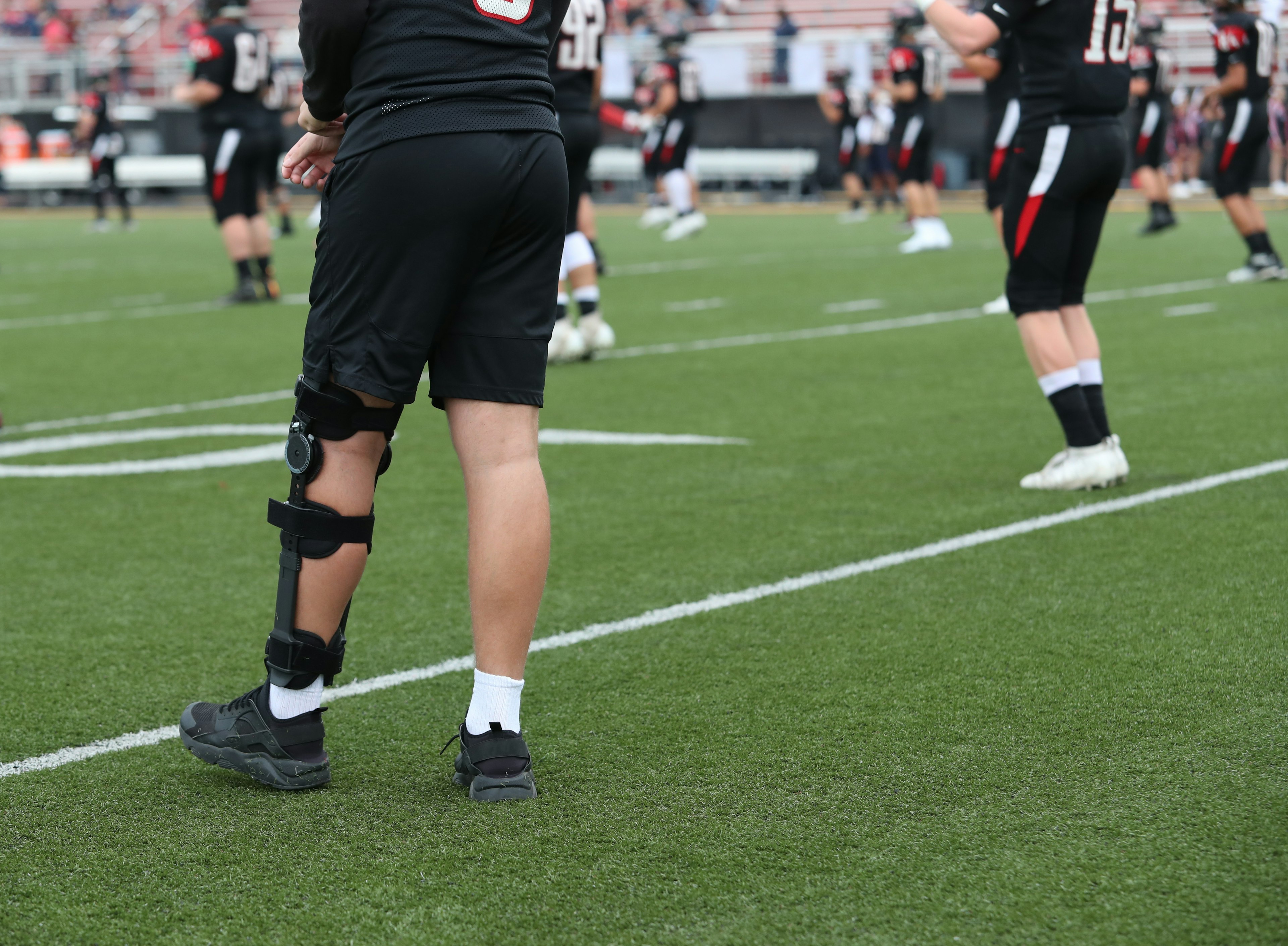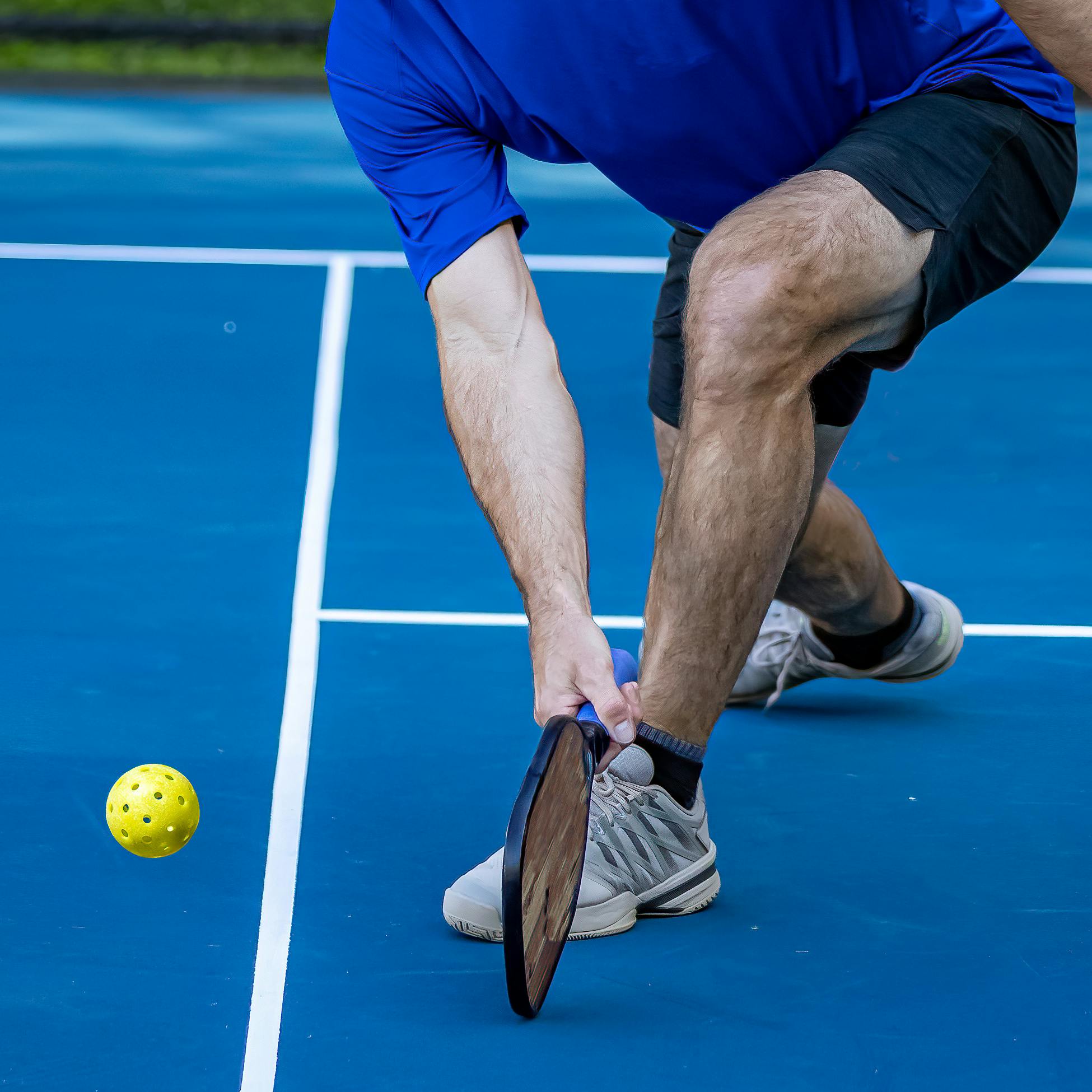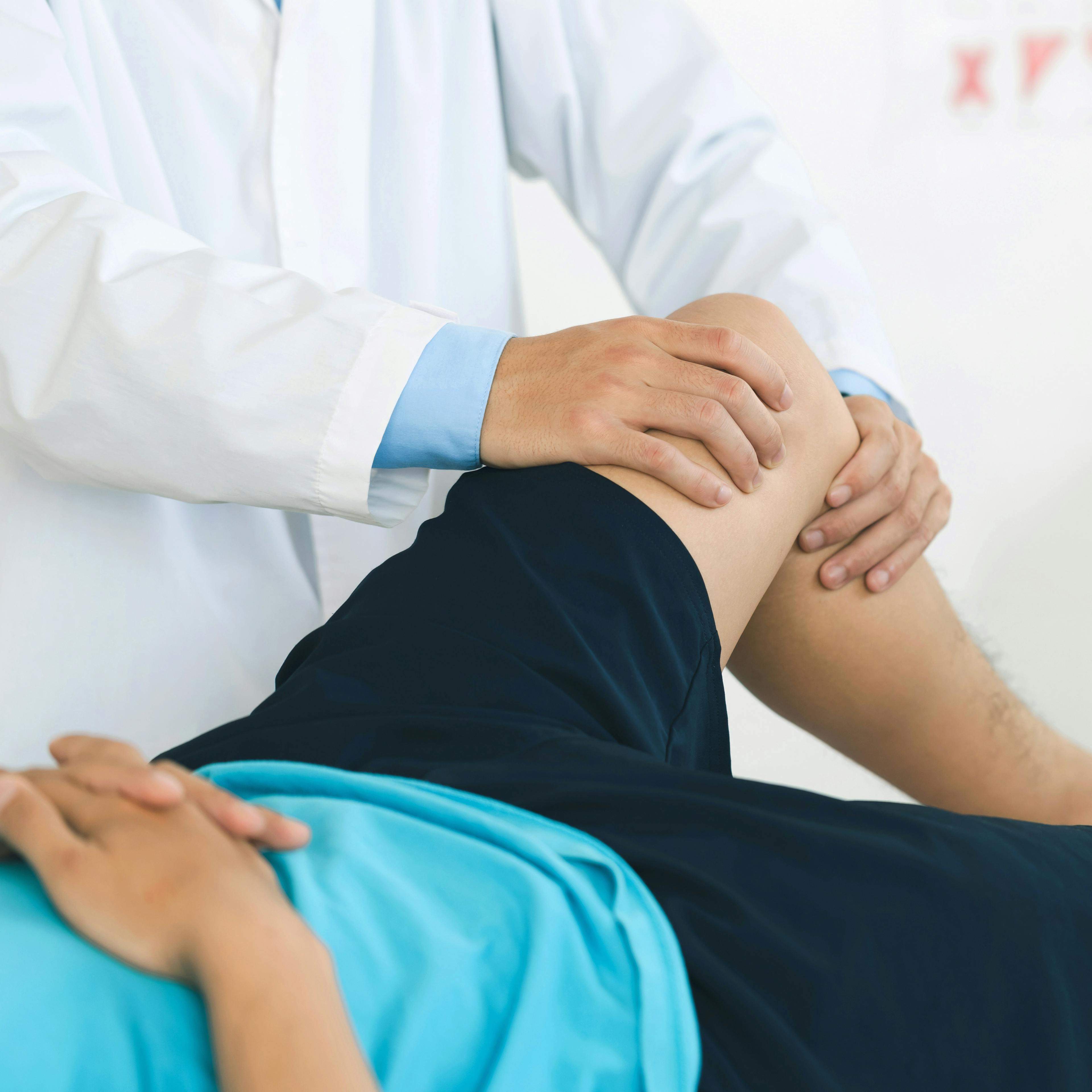Football is one of the most exciting and competitive high school sports, but it also comes with a high risk of injury. From fast-paced collisions to repetitive strain, athletes face a range of orthopedic and sports medicine issues every season. Knowing the most common injuries—and their warning signs—helps parents, athletes, and coaches recognize problems early and seek proper care.
Knee Injuries
Knee injuries are one of the most common in football.
- ACL Tears: Often occur with sudden stops, pivots, or awkward landings. Symptoms include a “pop” at the time of injury, swelling, and instability.
- Meniscus Tears: Caused by twisting motions. Look for knee pain, swelling, and difficulty straightening the leg.
- Patellar Tendinitis: Known as “jumper’s knee,” it causes pain below the kneecap that worsens with running or jumping.
Shoulder Injuries
Shoulder injuries in football often result from heavy impact during tackles, blocking, or falls
- Rotator Cuff Tears: You may feel pain when lifting the arm, weakness, and limited range of motion.
- Labrum Tears: Clicking, locking, or instability in the shoulder joint.
- Dislocations: Visible deformity, swelling, and immediate pain when the shoulder pops out of place.
Ankle & Foot Injuries
Quick changes in direction and turf contact make the ankle and foot frequent injury sites.
- Ankle Sprains: Pain, swelling, bruising, and difficulty bearing weight.
- Fractures: Severe pain, inability to walk, and deformity in the ankle or foot.
- Turf Toe: Sprain of the big toe joint, causing pain and stiffness during push-off movements.
Head & Neck Injuries
Protecting the head and neck is critical in football.
- Concussions: Symptoms may include headache, dizziness, confusion, nausea, or sensitivity to light.
- Stingers/Burners: Sharp, burning pain radiating from the neck into the shoulder or arm, often resolving quickly but requiring evaluation.
Overuse Injuries
Not all injuries happen suddenly—many develop over time.
- Shin Splints: Aching pain in the front of the lower leg.
- Stress Fractures: Gradual pain that worsens with activity but improves with rest.
- Tendonitis: Inflammation in tendons from repetitive motion, often in knees, shoulders, or elbows.
Sports Injury Prevention Tips
While injuries can’t be eliminated, athletes can take important steps to lower their risk and stay healthier throughout the season:
- Building strength and flexibility during training. Strong muscles and stable joints protect against common injuries like ACL tears or shoulder strains, while flexibility improves range of motion and reduces the chance of pulls or sprains.
- Staying hydrated and fueling with balanced nutrition. Proper hydration helps prevent cramps and heat-related illness, especially during practices in Houston’s hot weather. A diet rich in lean protein, complex carbs, and healthy fats gives athletes the energy and nutrients needed for performance and recovery.
- Allowing for proper rest and recovery to avoid overuse. Scheduled rest days, adequate sleep, and recovery techniques like stretching or foam rolling allow the body to heal and rebuild, lowering the risk of chronic issues such as tendonitis or stress fractures.
- Using position-specific drills that match the demands of each role on the field. Tailoring training to a player’s position—like explosive power for linemen or agility for receivers—not only boosts performance but also prevents overloading joints and muscles in ways that could cause injury.
By combining smart training, proper fueling, and recovery, athletes can give themselves the best chance to perform well while avoiding the injuries that too often cut seasons short.
At-Home Care for Football Injuries
Not every ache or pain requires a trip to the doctor right away. Many mild injuries from football can be managed safely at home in the first few days:
- Rest: Limit activity to avoid making the injury worse.
- Ice: Apply ice packs for 15–20 minutes at a time, several times a day, to reduce swelling.
- Compression: Use elastic bandages or wraps to provide support and control swelling.
- Elevation: Keep the injured area raised above heart level, when possible, to reduce fluid buildup.
- Over-the-counter pain relief: Medications such as ibuprofen or acetaminophen may help with pain and inflammation.
These measures, often referred to as the R.I.C.E. method, can help athletes recover from mild sprains, strains, or bruises and get back to activity sooner.
When to See a Sports Medicine Specialist
While at-home remedies are helpful for minor issues, it’s important to know when professional care is needed. See a sports medicine provider if:
- Pain or swelling lasts more than a few days.
- An athlete cannot bear weight or move normally.
- There are repeated strains, sprains, or concussions.
At CLS Health, our sports medicine specialists can diagnose problems early, provide treatment, and create safe return-to-play plans so athletes can get back on the field with confidence.
High School Football Injury? Visit Our Sports Medicine Clinics in Webster and Sugar Land
High school football can be tough on the body, but with early recognition and expert care, injuries don’t have to end a season. If your athlete experiences pain, swelling, or limited mobility, don’t wait until it gets worse.
Book an appointment with a sports medicine specialist today for expert diagnosis, treatment, and safe return-to-play planning.





